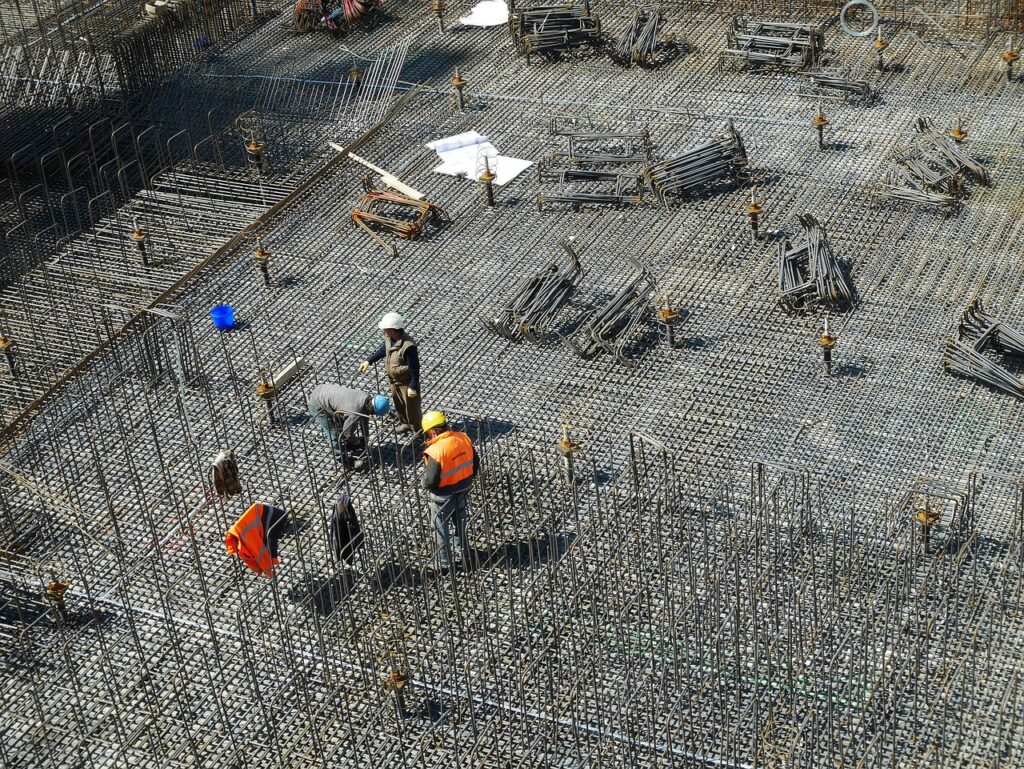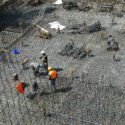retrofitting for seismic safety in Montana
Why don’t more people offer retrofitting for seismic safety?
Protect Your Sanctuary: Home Seismic Safety
- Safeguard your loved ones and home by retrofitting for earthquake resilience.
- Enhance property value and safeguard your investment.
How to Find Your Seismic Saviors:
- Research contractors online for reliable reviews.
Protect Your Home: A Guide to Seismic Retrofitting
**TL;DR: ** Living in an earthquake-prone area? Seismic retrofitting can help protect your home and keep your family safe. This guide explains why it’s important, how to find the right professional, and how to tackle DIY projects.
Why Retrofit for Seismic Safety?
Earthquakes are powerful forces of nature that can cause serious damage to homes. Retrofitting is the process of strengthening your home’s structure to withstand these forces. It’s like giving your house a superhero shield!
The Benefits of a Safe Home
- Safety First: Retrofitting helps prevent your home from collapsing during an earthquake, protecting you and your loved ones.
- Peace of Mind: Knowing your home is prepared for an earthquake brings peace of mind, especially during a disaster.
- Protecting Your Investment: A retrofitted home is more likely to survive an earthquake, preserving your home’s value and protecting your investment.
Finding and Vetting Quality Seismic Retrofit Contractors
Don’t leave this important job to just anyone! Hiring a trustworthy professional is key. Here’s how to find the right contractor for you:
Finding Your Superhero Team
- Online Research: Check out online reviews and ratings on sites like HomeAdvisor and Angie’s List.
- Word-of-Mouth: Ask friends, family, and neighbors for recommendations.
- Professional Organizations: Look for contractors who are members of professional organizations like the American Society of Civil Engineers (ASCE).
Vetting the Candidates
- Check Licensing and Insurance: Make sure the contractor is licensed and insured to perform seismic retrofitting work.
- Interviews and References: Meet with potential contractors, ask questions, and request references from previous clients.
- Review Past Work: Ask to see photos of the contractor’s previous projects.
- Multiple Quotes: Get quotes from several contractors before making a decision.
Choosing a Trusted Partner:
Remember, price shouldn’t be the only factor. Choose a contractor who is experienced, reliable, and communicates clearly.
The DIY Homeowner Section: Taking Control
For those who love tackling projects themselves, you can handle some basic seismic retrofitting tasks:
Essential Tools & Materials
- Level: Ensures everything is straight and sturdy.
- Hammer: For driving nails and securing fasteners.
- Screwdriver: For attaching seismic brackets and other hardware.
- Measuring Tape: For accurate measurements when installing braces.
- Seismic Brackets: These strengthen connections between walls and floors.
- Anchor Bolts: Used to secure heavy objects like water heaters and cabinets.
Simple DIY Projects
- Securing Water Heaters: Install anchor bolts to prevent your water heater from moving during an earthquake.
- Bracing Bookshelves: Use seismic brackets to keep your bookshelves from falling over.
- Securing Wall Mirrors and Artwork: Use heavy-duty hanging hardware and seismic straps.
Major DIY Projects: Know When to Call for Help!
Some retrofitting projects require specialized skills and expertise. If you’re considering major structural work, it’s best to hire a professional.
Important Considerations
- Building Codes: Check your local building codes for specific requirements for seismic retrofitting.
- Insurance: Talk to your insurance agent about how retrofitting your home can affect your insurance premiums.
- Permits: You may need permits to perform certain retrofitting projects. Contact your local building department for more information.
Making Your Home a Safe Haven
Retrofit your home for seismic safety to protect yourself and your loved ones. Whether you choose to hire a professional or take on DIY projects, remember that safety should always be your top priority.
Additional Resources:
The Takeaway:
By taking steps to retrofit your home, you’re not just protecting your property, you’re protecting the people you love. It’s a smart investment that can make a real difference in the face of an earthquake. Remember, a safe home is a happy home!
More on retrofitting for seismic safety…
- Retrofitting for Seismic Safety
- Seismic retrofitting
- Earthquake retrofitting
- Building retrofitting
- Seismic strengthening
- Structural reinforcement
- Base isolation
- Retrofitting techniques
- Earthquake safety
- Seismic resilience
- Building codes
- Seismic mitigation
- Retrofitting grants
- Home & Garden Tips
- Home improvement
- DIY projects
- Garden design
- Landscaping ideas
- Home maintenance
- Energy efficiency
- Kitchen remodeling
- Bathroom remodeling
- Smart home technology
- Home decor
- Outdoor living
- Gardening tips
- Pest control
- Home repair
Contents
- 1 Why don’t more people offer retrofitting for seismic safety?
- 2 Protect Your Home: A Guide to Seismic Retrofitting
- 3 More on retrofitting for seismic safety…




Leave a Reply
You must be logged in to post a comment.